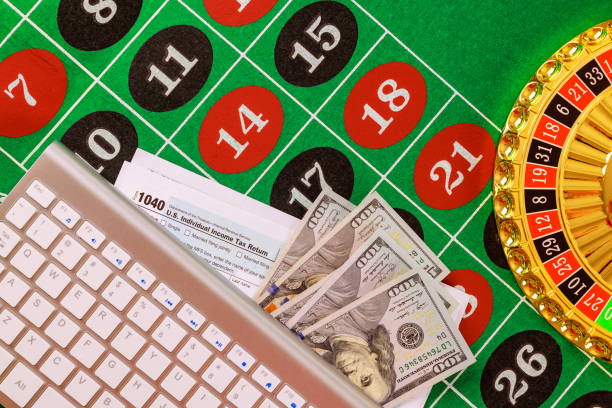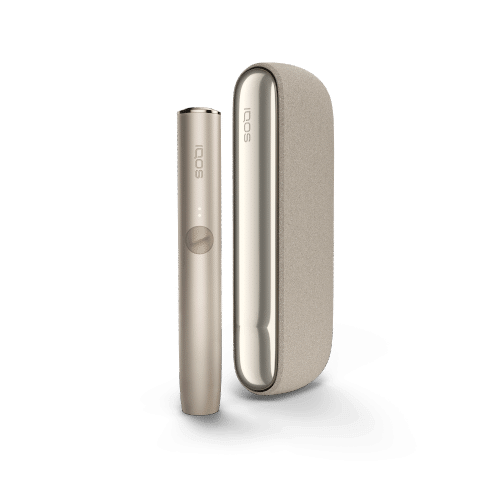In recent years, the world of engagement rings has evolved significantly, embracing inclusivity and offering a variety of styles that cater to diverse preferences. One of the most notable shifts has been the rise of gender-neutral engagement rings, which challenge traditional notions of jewelry design and focus on individuality rather than conforming to gender stereotypes. As more couples seek personalized and meaningful ways to express their commitment, it is essential to consider questions like what order do you wear wedding and engagement rings while embracing emerging trends in ring styles. This shift reflects a broader societal move towards celebrating personal expression, and it is particularly evident in the growing popularity of gender-neutral engagement ring designs.
The concept of a gender-neutral engagement ring is rooted in the idea that jewelry should not be restricted by societal norms or expectations based on gender. Historically, engagement rings have been marketed predominantly to women, while wedding bands were typically associated with men. However, this is changing rapidly as more couples seek rings that reflect their unique personalities, values, and shared commitments. Gender-neutral engagement rings offer a solution that transcends traditional gender boundaries and embraces the idea that love and commitment are universal, regardless of gender identity.
One of the key features of gender-neutral engagement rings is their versatility. These rings often feature minimalist, sleek designs that are not overtly masculine or feminine. Clean lines, geometric shapes, and unique materials like matte metals or blackened finishes have become popular choices. Unlike traditional rings that may rely on diamonds or other gemstones, gender-neutral engagement rings often incorporate alternative stones or focus on the beauty of the metal itself. For example, moissanite, sapphires, and even raw diamonds are gaining popularity as center stones in gender-neutral rings, offering a wide array of options for those who want something different from the classic diamond solitaire.
When it comes to deciding “what order do you wear wedding and engagement rings,” many couples now choose to wear both rings together, side by side, or opt for stacking them in a way that reflects their personal style. Some people even choose to wear their engagement ring on a different finger or on the right hand, breaking with convention and further emphasizing their unique approach to jewelry. The flexibility of gender-neutral rings allows individuals to experiment with different combinations and arrangements, creating a look that feels authentic to them.
Another emerging trend in gender-neutral engagement rings is the growing demand for sustainable and ethically sourced materials. As awareness of environmental issues and ethical labor practices grows, more people are looking for rings that align with their values. This has led to a rise in eco-friendly engagement rings made from recycled metals, lab-grown diamonds, or stones sourced from responsible suppliers. Couples who choose gender-neutral engagement rings are often drawn to the idea of creating something beautiful and meaningful while also supporting ethical practices within the jewelry industry.
Customization is also a significant aspect of gender-neutral engagement rings. Many couples are opting for bespoke designs that reflect their personalities and relationships. Whether it’s incorporating personal symbols, initials, or meaningful engravings, custom rings allow individuals to create something that tells their unique love story. This trend of personalization has made engagement rings not just a symbol of commitment but also a powerful statement of identity and values.
Moreover, the rise of gender-neutral engagement rings also coincides with the increasing visibility and acceptance of non-binary and gender-fluid individuals. As society continues to evolve, the traditional notion of marriage and engagement is expanding to encompass a broader range of identities and expressions. By choosing a gender-neutral engagement ring, couples and individuals can make a bold statement about their commitment to one another, while also supporting the idea that love is not confined by rigid gender roles.
In conclusion, the growing popularity of gender-neutral engagement rings represents a shift towards more inclusive, personalized, and meaningful expressions of love and commitment. As couples increasingly seek ways to reflect their unique identities, gender-neutral rings offer a versatile and thoughtful option. Whether choosing alternative stones, experimenting with different designs, or prioritizing ethical sourcing, these rings are becoming a powerful symbol of individuality and shared values. And as more people ask questions like what order do you wear wedding and engagement rings,it is clear that the world of engagement rings is evolving to better reflect the diverse and ever-changing landscape of love and relationships.









